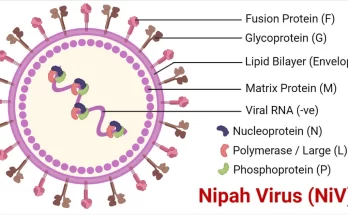Nantechnology or Nano Science Technology can be described as one of the leading sectors of modern-day science. The base of the nanotechnology is the manipulation of matter in atomic and molecular level. In nanotechnology most of the research work has been focused on producing nano scale particles with various properties and using them in applications useful to the world in various ways.
In Nanotechnology several types of nano particles have been produced. Those include Carbon Nano Tubes, Carbon Bucky Balls, Quantum Dots and Fullerens. Among these nano-particles Quantum dots are nano scale semiconductor particles that emit lights with specific frequencies when exposed to light or electricity. These are tiny particles which measure less than 10 nanometres. A human hair is 40,000 nanometres thick.
Researchers worldwide are trying to produce quantum dots in different methods. Among them is the synthesis of quantum dots using plant materials. A research team from the Swansea University in England has been engaged in a research project to produce Quantum dots using tea leaf extract. During this research the team made an interesting accidental discovery.
According to their discovery Nanoparticles derived from tea leaves inhibit the growth of lung cancer cells, destroying up to 80% of them.
Although nanoparticles are already used in healthcare, quantum dots have only recently attracted researchers’ attention. Already they are showing promise for use in different applications, from computers and solar cells to tumor imaging and treating cancer.

The researchers found:
- Tea leaves are a simpler, cheaper and less toxic method of producing quantum dots, compared with using chemicals, confirming the results of other research in the field.
- Quantum dots produced from tea leaves inhibit the growth of lung cancer cells. They penetrated into the nanopores of the cancer cells and destroyed up to 80% of them. This was a brand new finding, and came as a surprise to the team.
The research, published in “Applied Nano Materials”, is a collaborative venture between Swansea University experts and colleagues from two Indian universities.
“Our research confirmed previous evidence that tea leaf extract can be a non-toxic alternative to making quantum dots using chemicals.
The real surprise, however, was that the dots actively inhibited the growth of the lung cancer cells. We hadn’t been expecting this.
The CdS quantum dots derived from tea leaf extract showed exceptional fluorescence emission in cancer cell bioimaging compared to conventional CdS nanoparticles.
Quantum dots are therefore a very promising avenue to explore for developing new cancer treatments.
They also have other possible applications, for example in anti-microbial paint used in operating theatres, or in sun creams.” Dr Sudhagar Pitchaimuthu of Swansea University, lead researcher on the project, and a Ser Cymru-II Rising Star Fellow explains the importance of their finding in a press release by the Swansea university.

Dr Pitchaimuthu explaining the next steps for research says:
“Building on this exciting discovery, the next step is to scale up our operation, hopefully with the help of other collaborators. We want to investigate the role of tea leaf extract in cancer cell imaging, and the interface between quantum dots and the cancer cell.
We would like to set up a “quantum dot factory” which will allow us to explore more fully the ways in which they can be used.”
The paper is entitled “Green-Synthesis-Derived CdS Quantum Dots Using Tea Leaf Extract:Antimicrobial, BioImaging and Therapeutic Applications in Lung Cancer Cells”. Published in Applied Nano Materials, April 2018




